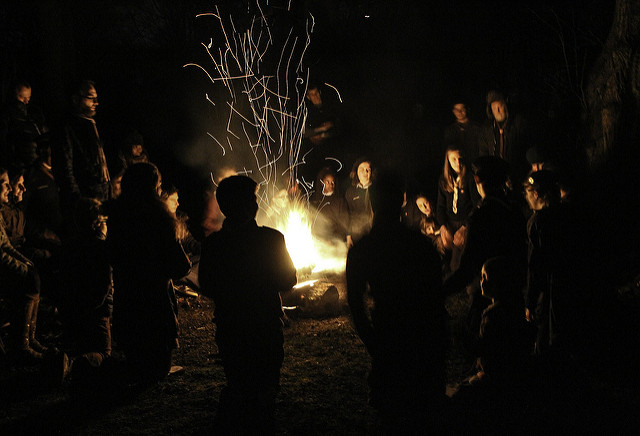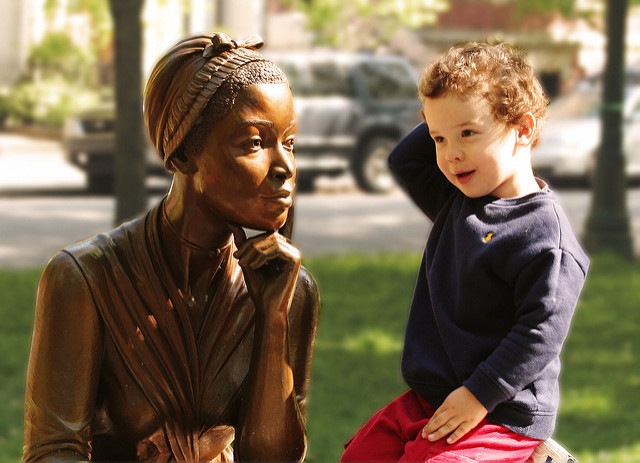Learning sinks in when we do it. That sounds basic, but so many people think it is something that is done to them – the teacher will teach me, that’s how I learn. Well, not really. The teacher presents, facilitates, encourages, fosters, but the learner learns. Only you can do it. Simple and very powerful when you own that. What does that have to do with scales? That is this week’s topic for #MUS654: Scales and the relationships of notes. If it is up to the student to be the active learner, ok, but how can the teacher do her part to guide and present opportunities for comprehension, understanding, context, and application?
How did you learn scales?
Every time I ask a class how they learned scales, someone says the teacher gave them a book and that was it. They just had to read the music in the book and get on with it. Oh, and they learned scales for an exam, no particular other reason.
Sometimes that can lead to leaving a musician with a stunted level of understanding on so many levels – basic theory, more complex harmony, contexts outside their own instrument. So what about that beginning learning? Scales are built on patterns, and they all are made out of the same musical alphabet. I like the idea of experiencing things in different ways – see it, speak about it, read about it, do it, build it, have it be tactile.. and all of those are possible with scales.
‘Playing’ with scales
A couple of years ago I found an appRead More »Making learning scales tactile and meaningful







